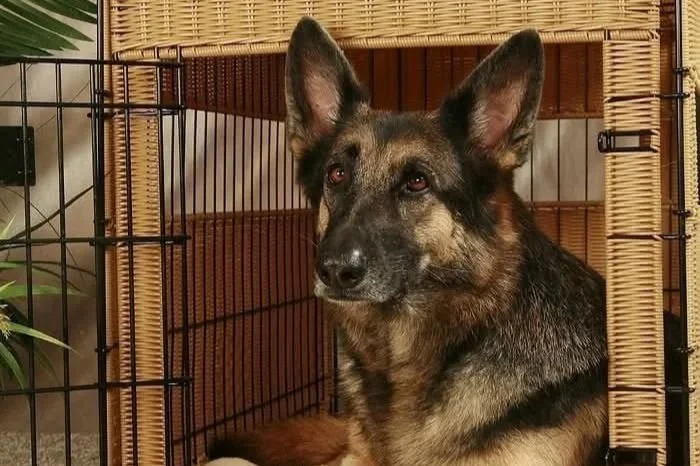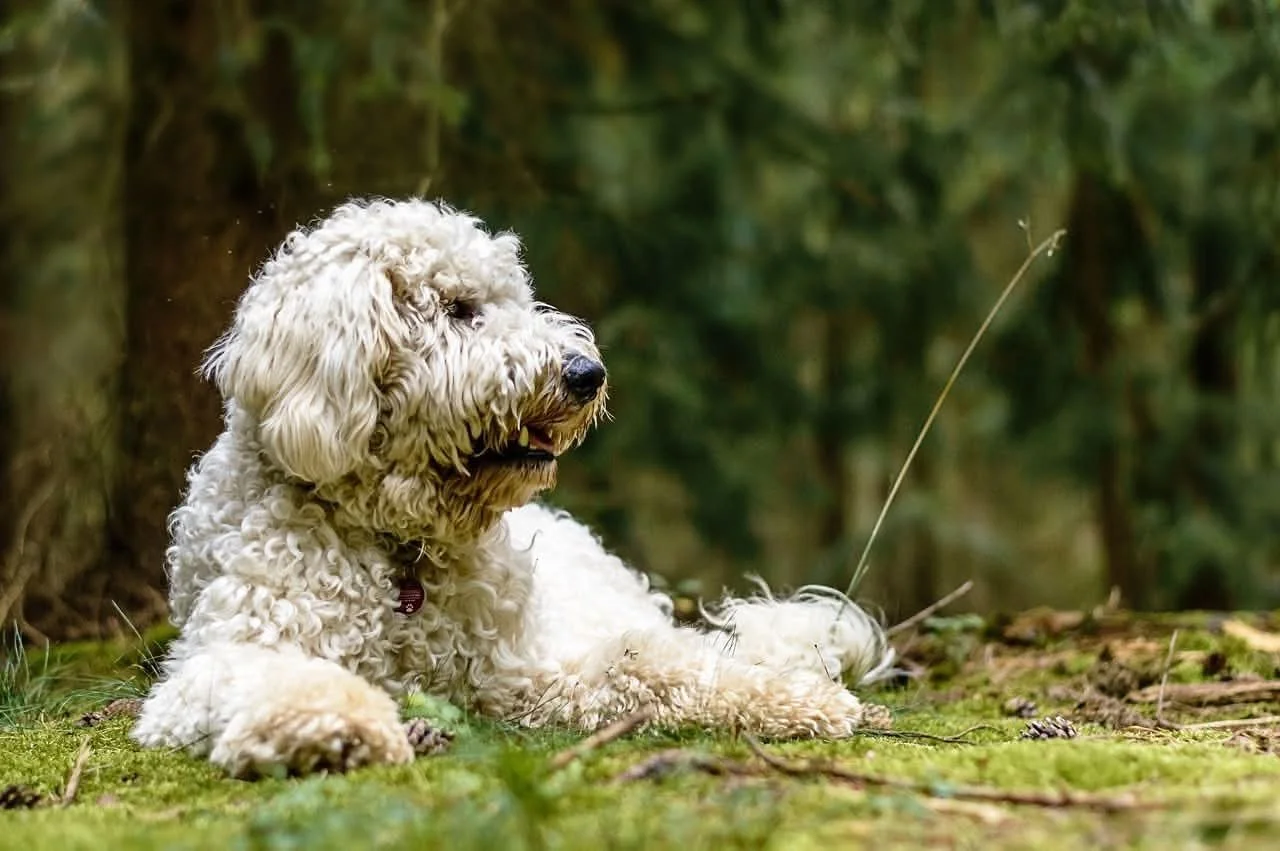Thriving with Your Teen Dog: How to Navigate the Chaos with Compassion
Mission Summary:
Help your new dog settle in by giving them time, structure, and a safe space. Set clear house rules early, use tools like crates and gates, and focus on calm bonding and consistency to build trust and lasting good habits.
It never fails—right when you’re patting yourself on the back for raising the perfect puppy, adolescence rears its ugly head and leaves a flaming bag of dog poo on your front porch.
Let me assure you: if it feels overwhelming, you’re not alone.
The teenage phase in dogs isn’t just real—it’s transformative. And yes, it’s challenging, but it’s also packed with opportunity for growth (for both you and your dog).
Understanding Adolescence
Adolescence in dogs kicks off anywhere between 5 and 8 months of age and can last up to two years. If you’re seeing impulsivity challenges, emotional swings, or sudden training regressions, you’re in the thick of it.
Physiologically, there’s much more going on than meets the eye. During adolescence, the growth of the hind brain (the impulsive, emotional, reactionary part of your dog’s brain) dramatically outpaces the development of the pre-frontal cortex (the thinking brain). That’s why you might start to see wild swings in behavior, lapses in manners, and sudden fits of energy (or destruction). It’s not your dog being a jerk—often, they simply don’t have the physical capacity to self-regulate yet.
Typical Adolescent Behaviors
Here are just a few of the oh-so-delightful changes you might see once your dog hits adolescence:
Regression of Training – That puppy who nailed recall every time? Suddenly, they “forget” and start ignoring you at the park.
Destructiveness and Chewing – More energy, more need for outlets, more opportunities to make “bad choices.”
Increased Reactivity – Mild avoidance responses as a puppy can turn into full-volume barking or lunging. It doesn’t mean these issues weren’t there before—they’re just louder now.
Second Fear Periods – Out of nowhere, things your dog was fine with last week (the trash can, new people) suddenly become terrifying.
Hormonal Surges – Hormone changes can sometimes affect mood and confidence, especially in intact dogs.
Setting Everyone Up for Success
First—reset your expectations. At 6 months of age, my Aussie had an IMPECCABLE, turn-on-a-dime recall that was the envy of all the other dog park patrons. I could pull him out mid-play, recall him from a football field away, and with a single “come!” cue. I was feeling quite pleased with myself. Fast forward three months later, and my golden boy would barely glance in my direction when I called his name - he also developed an affinity for pissing on the shoes of people at the park. It took over a year and a half of careful management and continued training before he was ever off leash again.
Returning to basics isn’t failure; it’s preventative and compassionate. Here are some key strategies for navigating adolescence:
Lean into management tools: (baby gates, crates, leashes, safe spaces).
Revisit training foundations: games that build patience, default behaviors, and simple cues.
Prioritize enrichment—both mental and physical. Some dogs thrive on agility or nosework, others need problem-solving games or decompression walks.
Be mindful of changing social needs. Not every adolescent dog loves or does well at the dog park, and that’s okay.
Training Concepts to Lean Into During Adolescence
One of the biggest mindset shifts I share with clients is this: adolescence is not necessarily the time to ask for more from your dog, it’s the time to go back to basics and reinforce the simple stuff. Think of it like reinforcing the foundation of a house we are trying to build together.
Here are a few training concepts that can really help:
Voluntary Engagement – Reward your dog for checking in with you on their own. This builds focus without nagging and turns you into a predictable source of good things.
Pattern Games – Simple, structured sequences like “1-2-3 treat” or “Up/Down” engagement (thank you Leslie McDevitt!) give your dog something to rely on when the world feels chaotic.
Mat Work / Settle – Teaching your dog to relax on a mat is gold during this stage. It gives them a safe, predictable place to release tension when life is overwhelming or overstimulating.
“All Done” Cue – Adolescents are notorious for frustration. A clear signal that something is over or inaccessible can prevent meltdowns and help your dog transition to the next activity.
Decompression Walks – Not every walk needs to be about heelwork! Quiet sniffy walks in low-pressure environments help regulate their nervous system and give you BOTH a break from training.
These aren’t flashy tricks—they’re life skills. Practicing them consistently gives you tools to navigate the chaos and gives your dog ways to self-soothe, focus, and succeed.
Be gentle with Your Dog AND Yourself
In all of my 15 years as a trainer, I’ve never seen a smooth path through adolescence. Even the best-trained, best-loved dogs have tough days. Genetics and developmental changes play a big role here—it’s not all about training!
Remember to:
Focus on connection over perfection.
Celebrate the small wins (a calm walk, a good night’s sleep, a polite greeting).
Lower your expectations when needed.
KEEP GOING! All of the beautiful work you are doing now will have a chance to shine once you are no longer in the throes of adolescence. I promise!
✨ If you’re currently navigating the ups and downs of life with a teenage dog, our Teen Wolf Workshop at Love City Vet is designed just for you. Let’s hang!
Not Sure When to Reach Out to a Trainer?
If your dog’s behavior feels overwhelming, confusing, or just not improving, it might be time to get support.
Reaching out to a certified trainer early can help prevent small issues from turning into lasting habits.



